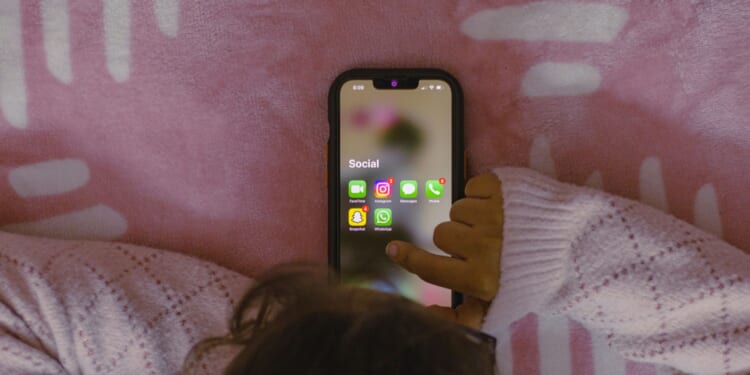Restricting cell phone use in American schools is a growing phenomenon, as concerns about student focus, mental health, and classroom behavior continue to rise. More states across the country are adopting policies that limit or ban phone use during the school day, with some even requiring students to store their devices in locked pouches. (Minnesota’s law isn’t a statewide ban but requires school districts to create and adopt their own local cell phone policies.)
While the U.S. lacks a federal mandate on phone restrictions — the U.S. Department of Education issued guidance for schools and districts to create policies in December 2024 — the growing number of local initiatives signals a cultural shift toward reclaiming attention and creating healthier boundaries with technology.
These efforts are increasingly aligning with global trends, where regulating cell phone use in schools is a worldwide occurrence. According to a 2023 UNESCO report, almost 25 percent of countries ban cell phones in schools, with law bans more common in Central and South Asian countries.
The most common forms of international cell phone bans include: total bans (students are not allowed to have cell phones on school campuses), bell-to-bell bans (students are not allowed to use their cell phones during the school day or during lunch or other breaks; phones are required to be stored in a certain location or locked in cell phone bags), and partial bans (students are allowed to use their phones during non-instructional times such as passing periods or at lunch, or for educational purposes, and may still be required to store phones in bags or another designated location).
Examples of nationwide laws and policies include:
- banning both students and teachers from having/using cell phones in class (Albania, Bangladesh, Mozambique, Seychelles, Tajikistan, Uruguay);
- banning cell phone use in primary schools or secondary schools (Burkina Faso, Cameroon, Costa Rica, Cyrus, France, Ghana, Latvia, Luxembourg, Nepal, New Zealand, Slovakia, Tunisia, Turkmenistan);
- leaving it up to the discretion of the region/province/local schools (Anguilla, Argentina, Canada, Central African Republic, Denmark, Djibouti, England, Germany, India, Ireland, Jamaica, Japan, Nigeria, Pakistan, Portugal, Scotland, Spain, Switzerland);
- total bans (Algeria, Australia, Bhutan, Bolivia, Bulgaria, Cayman Islands, Chad, China, Côte d’Ivoire, Dominica, Egypt, Eswatini, Guinea, Hungary, Iran, Iraq, Italy, Kuwait, Mongolia, Russia, Rwanda, Samoa, Sri Lanka, Uganda, United Arab Emirates).
While the list above is not exhaustive, it gives an idea of the status of cell phone bans/restrictions across a selection of countries. Note that “ban” interpretations vary — in some countries it means a full cell phone ban, others define it as restricted cell phone use, and the details (grades, exceptions, enforcement) also differ widely.
According to the Organization for Economic Co-operation and Development (OECD), who administers the Programme for International Student Assessment (PISA), the only cell phone school policy resulting in a statistically significant reduction in distractions during studied math lessons was a full cell phone ban on school premises.
With any directive, having strong policy is one thing, but the real challenge lies in consistent enforcement and application. Even the most thoughtfully designed rules can fall short if teachers lack support, students resist compliance, or parents are not on board. As more states and countries take the critical first step toward managing cell phone use in schools, the success of these restrictions will depend not just on what is written, but on how it is lived out in the daily rhythm of school life.










